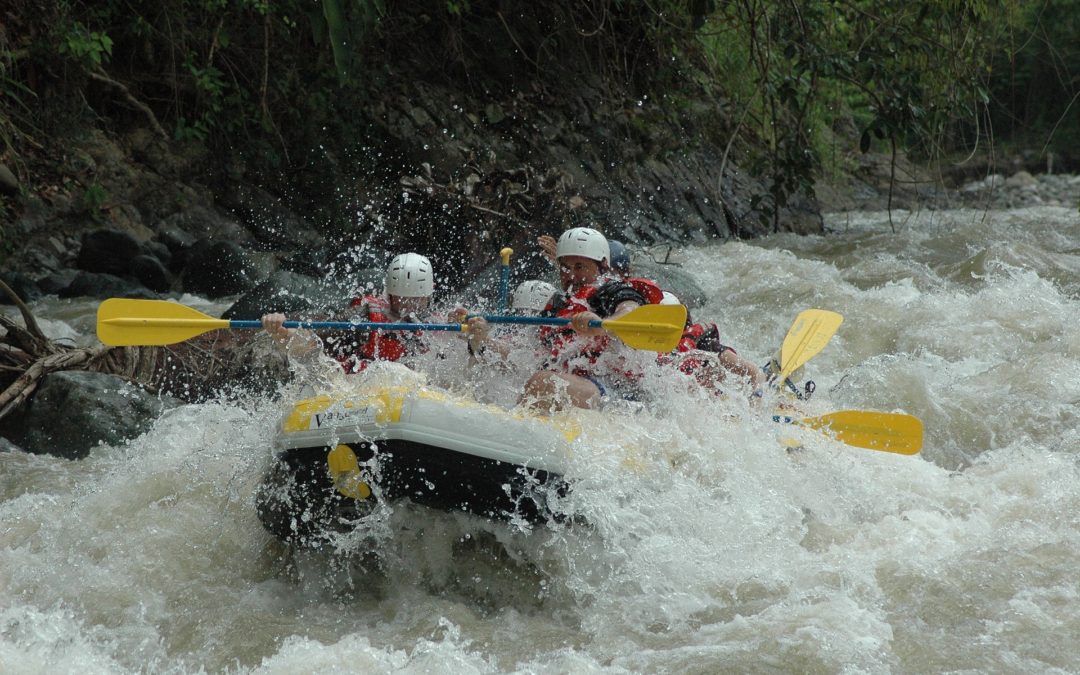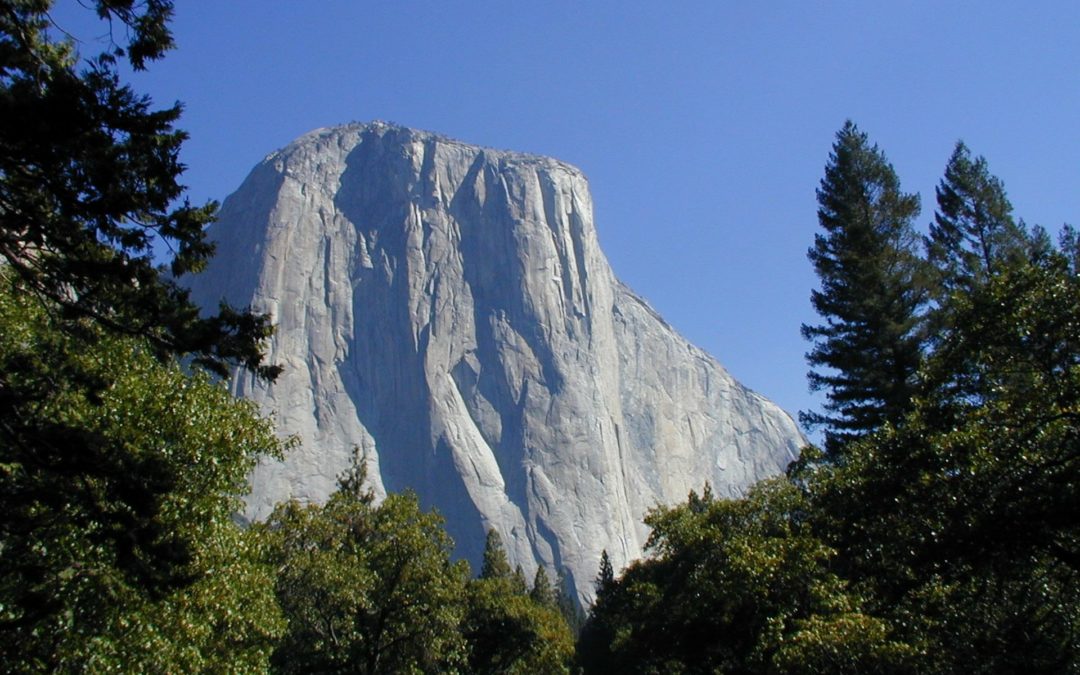
High Performance Teams, Strategic Intervention & Turnaround
A friend of mine shared the following story with me:
“I was travelling some years ago in Costa Rica. My travelling companions and I decided to go white-water rafting on the Pacuare River. For those who know this sport, the Pacuare is a Class IV river.
It was spectacular—breathtaking—almost surreal in its beauty. After floating peacefully along for some time, at one point, several of us decided to jump into the water for a swim. It was warm! Delighted, we swam back and forth for a time. Pretty quickly, however, the current was getting stronger, the water more turbulent, than we had anticipated when sitting in the boat. The Pacuare was gurgling in white-water.
The boat’s captain was yelling at us—we could see his facial expression and his waving hands directing us to come back, but we couldn’t hear him given the turbulence of the river. And the current was strong enough that it held us back from being able to get back to the boat. After about 10 minutes of floating downstream, we suddenly saw large boulders up ahead, right in the middle of the river. They did not look inviting.
Several of my swimming team members panicked, struggling frantically to avoid running into the rocks. Others of us after a short struggle with the river somehow got the message that the river was more powerful than we were and that fighting it was completely futile, so we let go into the flow of the river, allowing it to carry us. This definitely took some courage, putting ourselves in the hands of this mighty river.
Amazingly, those who did not fight the river found that they could maneuver in the current with slight hand and arm motions, easily being carried around the rocks, while our less lucky team members who fought the river went directly into the rocks.
Fortunately, everyone survived, albeit some with bruises and scrapes.”
Lesson: if you are present and see the forces around you, sometimes rather than fighting them, you can work with them to get where you want to go.

Corporate Consulting, High Performance Teams
Free Solo is a documentary film of Alex Honnold’s solo, free (no support ropes) climb of Yosemite’s 3000 foot El Capitan Wall. What he did was impossible. And in the fabric of his story are the elements of what it takes for any human being to accomplish what is impossible in their chosen field or area of concern. If we shake off the natural complacency that gradually overtakes us in life, and tell the truth, there are impossible things we dream of making happen that would light us up: A extraordinary goal. An inspiring achievement. A dream. A vision. An authentic passion. And in the course of living with all its “slings and arrows,” most of us at some point give up such a pursuit and resign ourselves to go about the business of normal living. Alex did not. He had El Capitan. What did it take to climb the Wall? To accomplish the impossible? Some of what it took:
Honesty—he was in the practice of rigorously telling the truth in his life. When on a vertical wall two thousand feet above the ground, hanging onto a tiny ridge or dent in the granite, he had to see and say what was real. No illusions, no guesses, no hopes, no speculations. This included beginning the ascent one day and knowing himself well enough to tell the truth: “Today is not the day to climb.”
Integrity—he had to do impeccable preparation. Integrity is defined as “no component parts missing”. Nothing overlooked or left out or not considered. His execution of the climb had to be equally impeccable. Every step, every reach, every grasp had to be considered. Part of his readiness was to have integrity with his own physical state: to be in perfect condition, which included have an injured foot-ankle restored.
Single focus—a passionate commitment to the feat at hand. All self-concerns, all ego, was dismissed the moment it showed itself. There was nothing but The Wall. He was fully present at each moment.
Unstoppable and “un-reasonable”—he dismissed any thoughts of “it can’t be done” or “this problem makes it undoable” or “this is insurmountable” or “this is bigger than I can ever be” or “it’s never been done” or “I’m not the one to do this.” He put aside all reasons for why not. Instead, he thought only of “what’s needed now?” and “what’s possible in this situation?” and “what’s next?” No self-concern for comfort or convenience. No formula, no habitual patterns of thinking, planning, and acting. Dealing with this moment. Doing whatever is called for, whatever is wanted, whatever is needed. No thinking. Total presence.
Mostly in life we look for the confidence of certainty. He had only the confidence of honesty, integrity, focus, being present and perfect readiness.
These elements made an ordinary person extraordinary.
What about you? What is your El Capitan?



